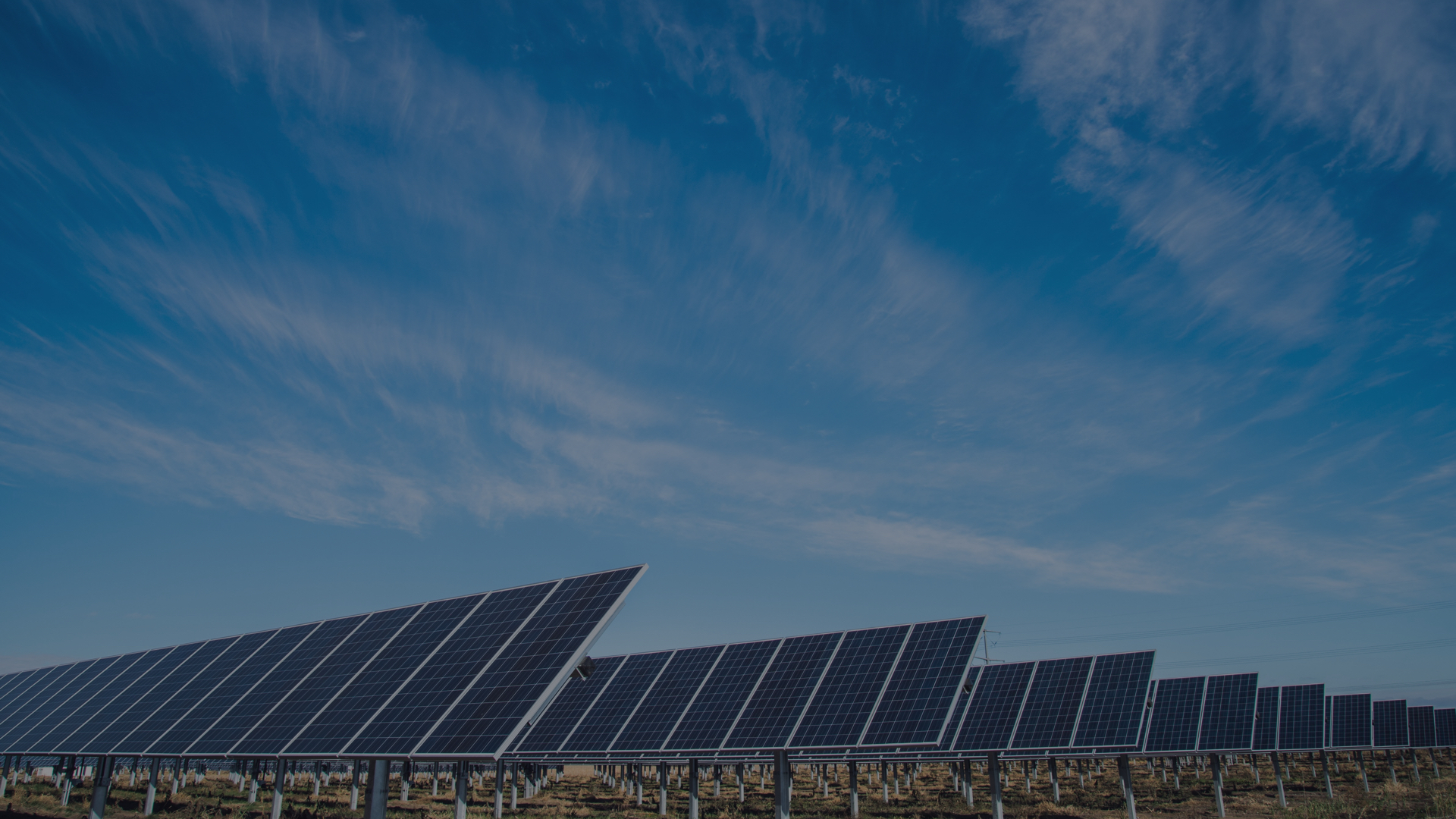When the government announced its solar targets of 22GW by 2020, there were mixed reactions throughout the industry, with many experts thinking that this was an overambitious target.
However, the UK could well be on track to meet these targets, according to research published by Rexel. The company has produced a document forecasting installations for 2016 across Europe and the UK could well be leading the way with Germany and Italy.
As part of the research, in conjunction with IMS Research, a map of predicted solar installations was created. In 2011, Germany’s solar capacity stood at 24GW but this is predicted to rise to 55GW by 2016 if the current rate of expansion continues. Italy came in at second place with 13GW generated last year and an estimated 26GW predicted to be generated in 2016.
Last year in the UK, less that 1GW of solar energy was produced, but the industry has seen enormous growth in the last few months.
“The UK is already at 1.4GW and with the Renewable Obligation Certificate (ROC), the commercial equivalent of the FiT, likely to drop by as much as 30 per cent on 1st April, we expect to see a rush of large scale installations in Q1 2013,” commented Brian Smithers, director, Rexel UK.
“As energy prices continue to rise, grid parity – the peak where the cost of generating renewables is equal to or less than buying electricity from the grid – is getting closer and closer. If grid parity is reached before 2016, the UK could significantly exceed the forecast.”
One of the reasons behind the overall increase in the amount of solar panels being installed is the steadily decreasing cost of the panels themselves. As the cost of solar steadily decreases both homeowners and large businesses are looking to the energy source as a way to cut back on expenditure.
As demand increases, the cost is likely to reduce even furthers, spurring on the number of installations and the industry in general.
